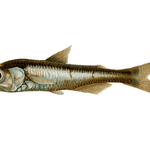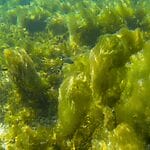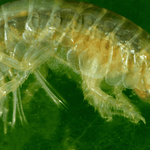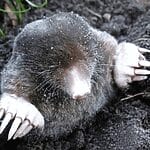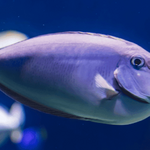The abyssal zone is one of the most mysterious and inhospitable regions of the ocean, lying thousands of meters below the surface. With no natural light and crushing pressure, this deep-sea environment seems uninhabitable. Yet, incredible creatures have adapted to survive here. From bioluminescent fish to unique invertebrates, the abyssal zone holds lifeforms rarely seen and poorly understood.
One of the biggest challenges scientists face is understanding how these animals survive in such extreme conditions. The absence of sunlight and scarcity of food raise questions about the complex adaptations these species have developed.
In this article, we’ll explore the fascinating creatures that call the abyssal zone home. You’ll discover how these animals manage to thrive in a place most life on Earth couldn’t survive, and we’ll dive into some of the unique survival tactics they’ve evolved.
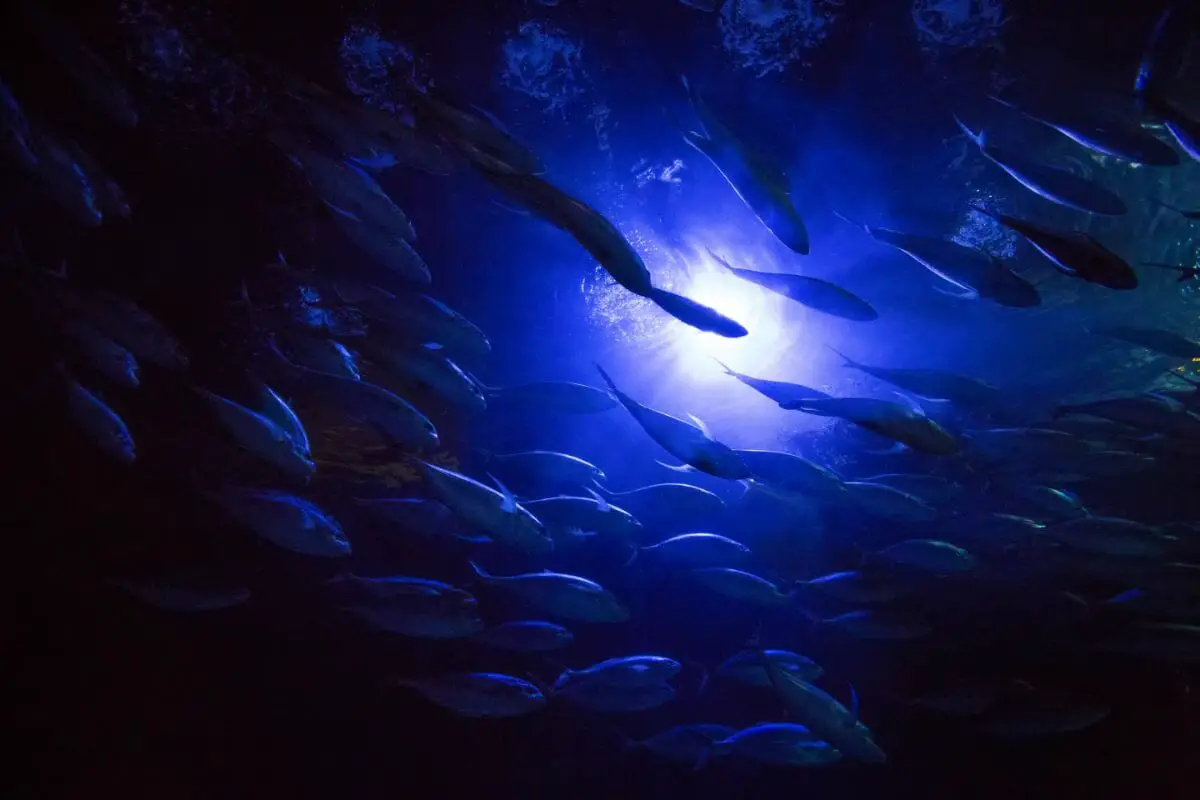
Where Is The Abyssal Zone?
The abyssal zone isn’t actually located in any one region, and actually covers around 60% of the Earth’s surface – located at the deepest points of the ocean.
The name abyss itself takes its name from the Ancient Greek word meaning ‘bottomless’, and this is exactly the impression that this eerie, subaquatic world gives to those brave enough to explore.
Completely black and dark, and with little to no light from the sun, this area breeds some unusual and terrifying species of sea creatures – many of which seem like they are right out of a Jules Verne novel.
How Deep Is It?
Roughly speaking, the deepest point is around 20,000 feet deep, which is roughly the size of 20 Empire State Buildings stacked end to end.
What Are the Characteristics of the Abyssal Zone?
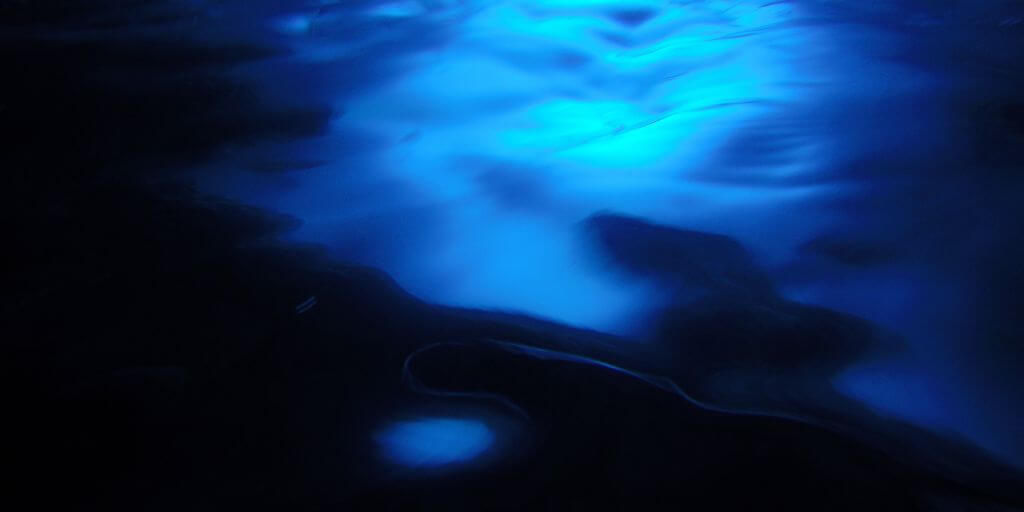
The abyssal zone, also called the abyssopelagic zone, is a deep ocean region that stretches from around 3,000 meters (9,842 feet) to 6,000 meters (19,685 feet) below the surface. It covers a large portion of the ocean, making up about 83% of its total area and 60% of Earth’s surface.
This zone is entirely devoid of sunlight, leading to complete darkness, and lacks plant life due to the absence of photosynthesis. Temperatures in the abyssal zone are consistently low, ranging from 0°C to 3°C (32°F to 37°F). The water pressure is immense, from 200 to 600 atmospheres, significantly higher than at sea level.
Although oxygen levels are low, the waters contain high amounts of nutrient salts like nitrogen and phosphorus, which result from the decomposition of materials sinking from above.
The landscape of the abyssal zone includes expansive flat regions known as abyssal plains, along with underwater trenches, seamounts, and ridges formed by geological activity. These features dominate the ocean floor, primarily composed of microscopic remains of plankton.
What Is the Abyssal Plains?
Abyssal plains are vast, flat areas located on the ocean floor, typically found at depths ranging from 3,000 to 6,000 meters (10,000 to 20,000 feet) below sea level. These plains cover approximately 40% of the ocean floor, making them one of the most extensive terrains on Earth.
Their flatness is a result of sediment accumulation, which settles over time, creating a smooth surface. These plains play an important role in the oceanic ecosystem, supporting various life forms and influencing the flow of ocean currents. Despite their remote location, they contribute significantly to the overall health of the marine environment.
What Animals Live There?
As previously mentioned, the abyssal zone might seem like an unlikely habitat, but it does provide shelter for some of the strangest and unsettling creatures in the ocean.
Squids & Octopi
These are some of the most common animals that reside down there, and like many of the species who call the abyssal zone their home, they feed on falling organic matter that comes from the surface levels.
Many divers who venture down into the zone have experienced these creatures first hand – often larger in size, and ghost-like under the glow of torchlight.
These squid and octopi can grow to massive sizes, and the abyssal zone has been home to the giant squid, and even the purported ‘colossal squid’ – evidence of which has only been found once.
Molluscs
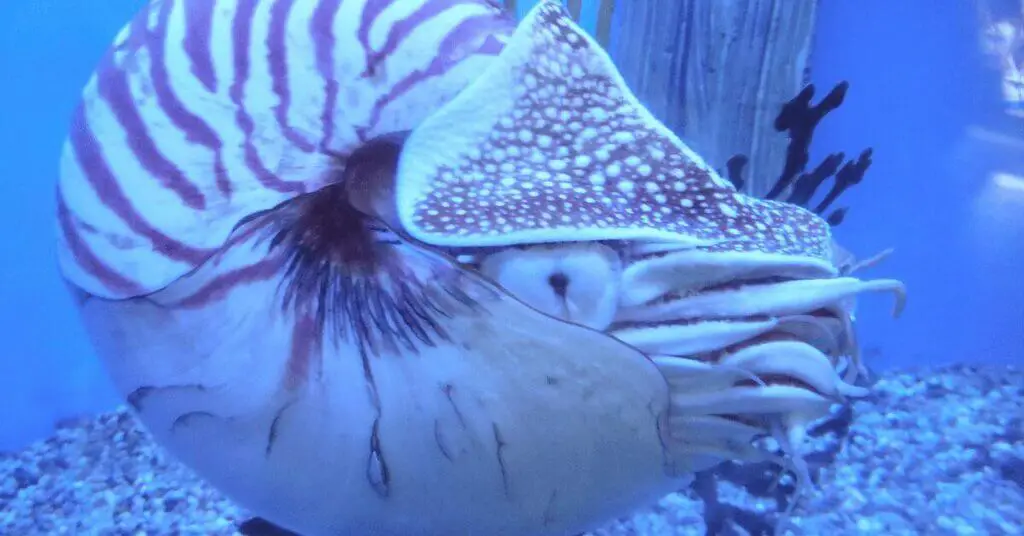
The abyssal zone is also home to several species of subaquatic molluscs, who feed on the organic material that resides so very deep down in the ocean.
These are also food for other species, such as squids and octopi, although they are also fully-fledged residents of this zone in their own right.
Echinoids
Echinoids are some of the strangest creatures, but can be found throughout the ocean at many different depths.
Echinoids are sea urchins – in their many species – and while often confused for plantlife, they are sentient, living creatures capable of feeding and moving, the latter of which is done by moving their tube feet – similar to the starfish.
Anglerfish
Perhaps the most terrifying species residing in the abyssal zone is the anglerfish.
These creatures are pure nightmare fuel, and are characterized by their stiletto-like teeth, their large luminous ball protruding from their heads, and their practice of luring fish and sea creatures to their deaths.
These are some of the most unusual sea creatures in existence, and very much use the darkness to their advantage – using their beacon-like headlamps to lure mates, and indeed prey, into their midst.
Worms
There are also numerous species of worms that share a similar existence to the molluscs.
These survive on organic matter, and provide a much needed food source for many of the other creatures that call the zone their home.
Now you may think this as the deepest area of ocean. But this is not the deepest zone, there’s another zone underneath called the Hadal zone. You may shock to hear that, animals are living even in the Hadal zone.
Are There Plants In The Abyssal Zone?
While there are many species of sea creatures living in the abyssal zone, there are no species of plants that can be found down there.
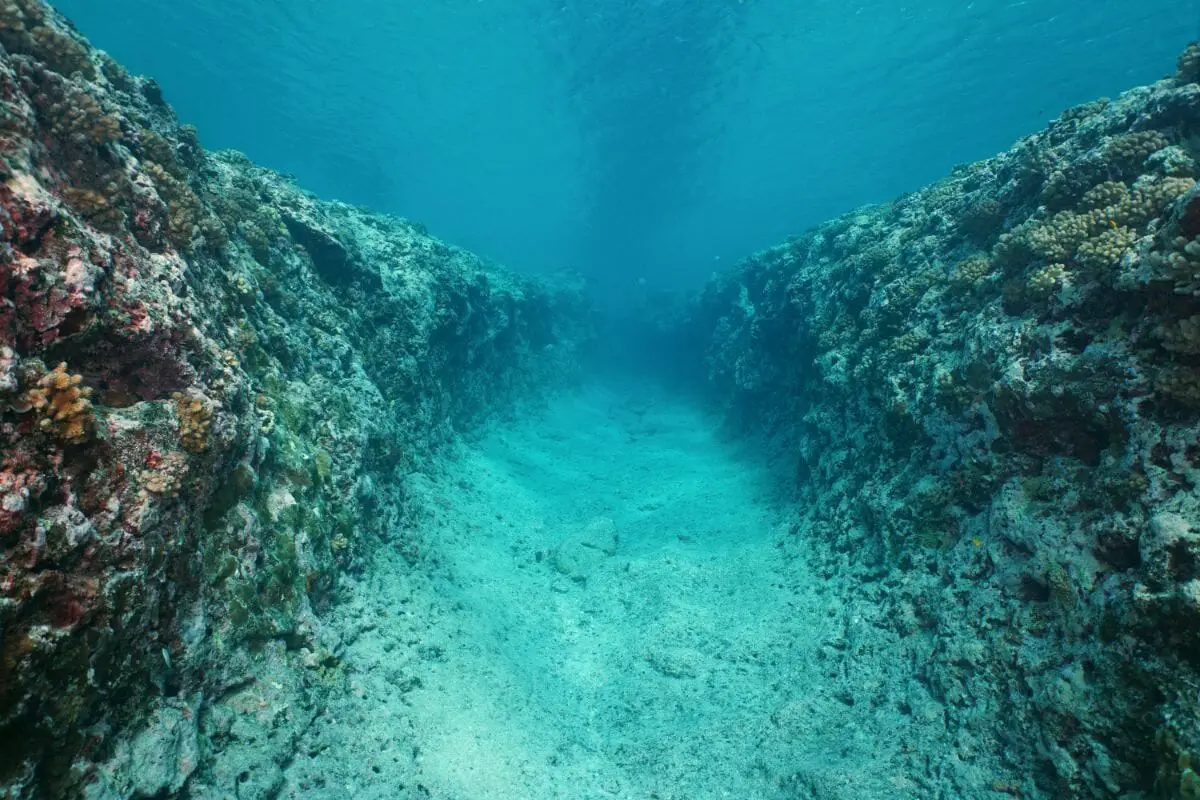
This is because there is no sunlight at such extreme depths, and as such plant matter cannot grow.
Like most plants, subaquatic vegetation needs sunlight to provide energy to the chlorophyll in the leaves, and when this is not present, no plant can hope to survive or grow.
What Do These Creatures Eat?
As mentioned above, these creatures feed almost exclusively on organic matter that has descended from the upper ocean levels.
This could be in the form of plant matter, matter from fish and other creatures, or indeed bacteria found on sunken debris.
Many species also feed on one another, such as the above mentioned anglerfish, and the several species of octopus and squid, which will feed on the molluscs and worms that call the abyssal zone their home.
How Deep Can Humans Venture?
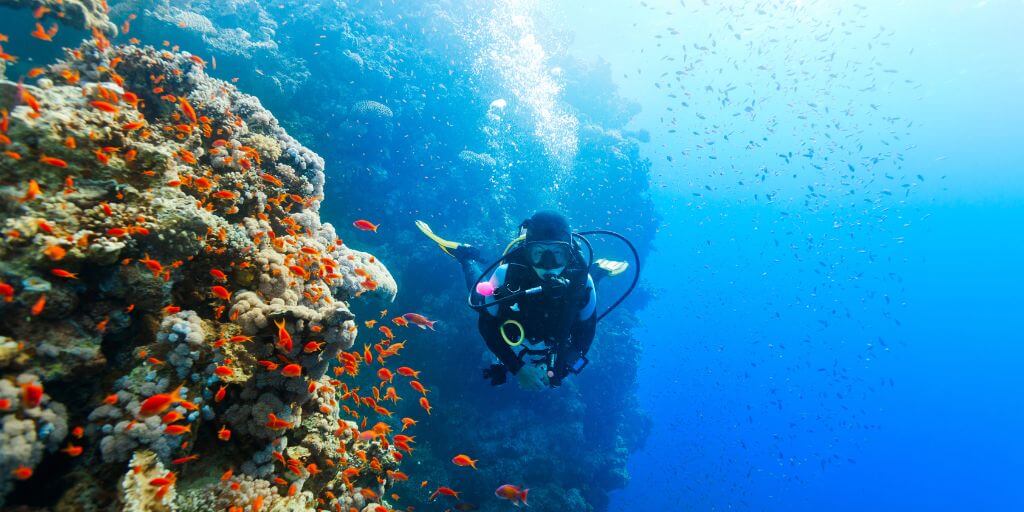
Perhaps fortunately for us, humans cannot safely travel to the lowest depths of the abyssal zone without highly sophisticated equipment to keep us alive.
This is because the sheer atmospheric pressure at those depths is more than the human body can handle – and in fact if you were to magically appear at the lowest depths, your lungs would be flattened immediately.
Roughly speaking, human beings – with the aid of diving tanks and equipment – can swim down to around 130 feet – after which problems can occur and situations can be hard to handle.
This alone should be a startling reality about just how little of this subaquatic world is still unexplored.
Even the most advanced submarines can only venture around 3000 feet down, which means there would still be a further 17,000 feet left to explore at the deepest point.
Even the most advanced subaquatic exploration vessel – piloted by explorer Victor Vescovo – only managed to make it to 18,000 feet below the sea.
FAQs
What animals live in the abyssal zone?
The abyssal zone is inhabited by giant squids, colossal squids, various molluscs, worms, echinoids like sea urchins, and the eerie anglerfish, known for its bioluminescent lure.
What are abyssal creatures?
Abyssal creatures are species adapted to the extreme, dark, and high-pressure environment of the abyssal zone. They often exhibit features like bioluminescence and can consume organic matter descending from shallower waters.
What is the top predator in the abyssal zone?
The top predators in the abyssal zone are likely large squids and anglerfish, which use their adaptations such as size and bioluminescence to dominate the food chain in this deep, dark habitat.
Final Thoughts
And there we have it, everything you need to know about the abyssal zone, and some of the animals that call it home.
Here, the seafloor is far removed from the sunlit, upper layers of the ocean, such as the mesopelagic and bathypelagic zones. Despite the absence of light, many animals thrive in this deep-sea region, adapted to the extreme pressure and darkness.
This phenomenon is not just restricted to small organisms; even larger animals like certain species of whales navigate these depths. The deep-sea environment, especially near hydrothermal vents, supports a diverse range of life forms.
The abyssal zone is a complex and fascinating part of our planet. Home to a myriad of bioluminescent and highly adapted animals, this ecosystem plays a crucial role in the health of the overall oceanic environment.
- What Should I Do If A Koala Bites Me? Safety Guide - 2024-05-30
- Are Kangaroos Born Without Hind Legs? A Fascinating Journey - 2024-05-30
- Animals That Look Like Squirrels - 2024-05-30

